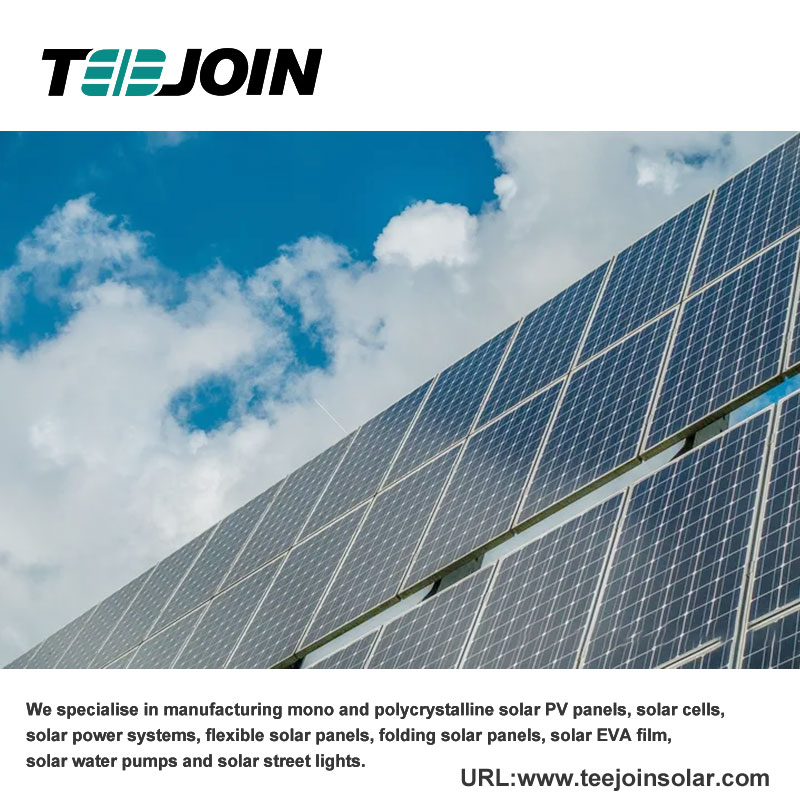Why not change the tops of all the houses to solar panels ?
Changing the tops of all houses to solar panels and using solar energy for charging is certainly a very environmentally friendly and sustainable practice. However, in order to fully answer this question, the following aspects need to be considered:
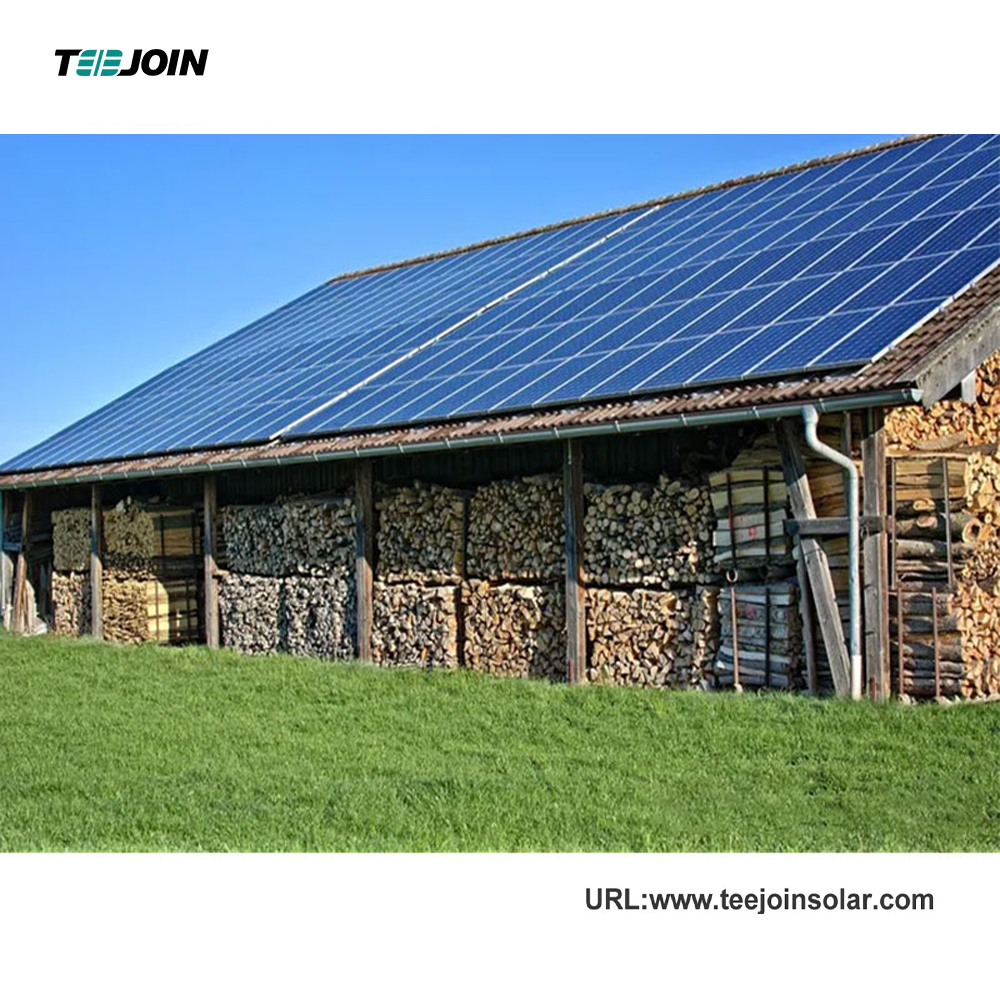
Cost issues: Currently, the initial cost when using solar panels remains high, so this is not an easily affordable expense for some people. In addition, without effective government subsidies or other incentives, pure energy technologies may still not be able to compete with traditional forms of energy, resulting in insufficient market demand.
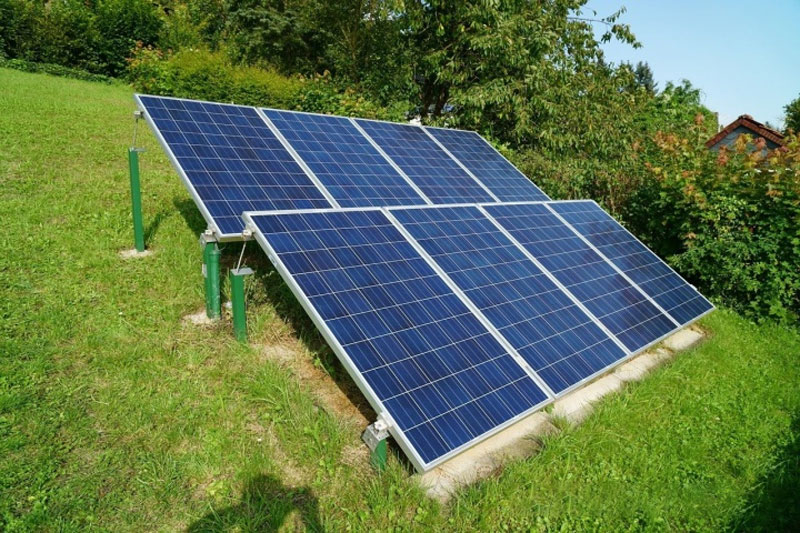
The number of solar panels required for a single home depends on the amount of energy it consumes. The amount of power needed to charge a large home or an electric car with an additional amount can be quite large, and solar panels mounted on the roof also need enough space to ensure sufficient energy generation.
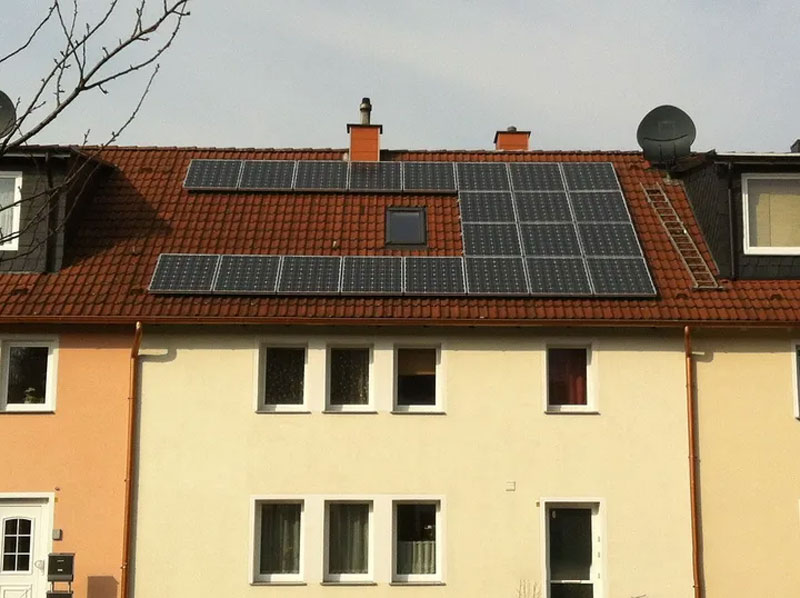
But the roof area of a building is not always large enough, especially in large cities where more houses are apartments or shared housing, meaning that solar panels also need to be built in some shared spaces or common areas.
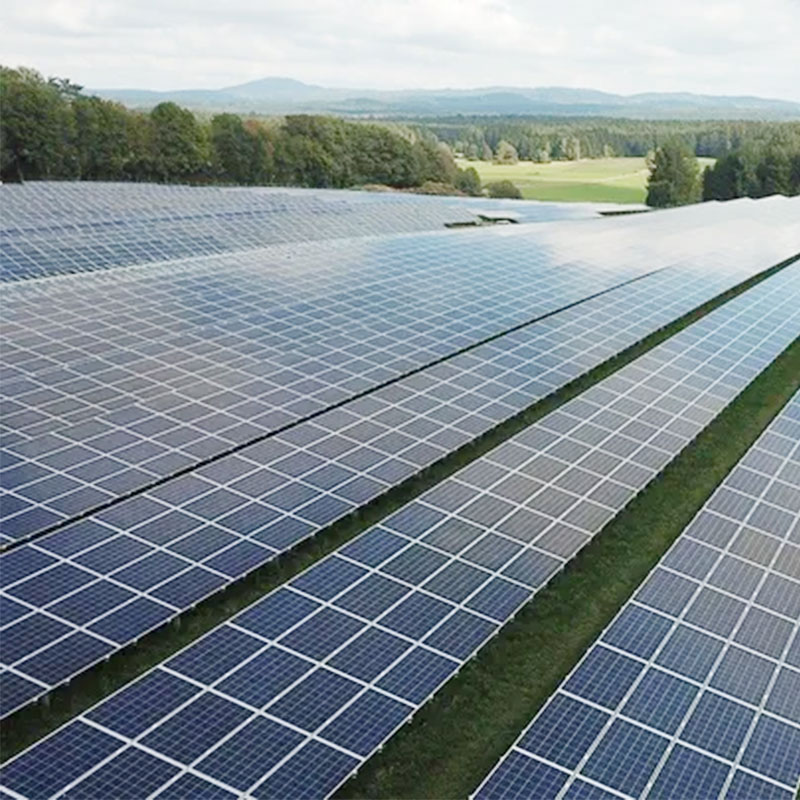
 Suitability issues: Not all houses are suitable for solar panel installation. For example, some houses have shaded roofs or are facing in the wrong direction and therefore cannot effectively absorb solar energy. These houses may not be as effective with solar panels.
Suitability issues: Not all houses are suitable for solar panel installation. For example, some houses have shaded roofs or are facing in the wrong direction and therefore cannot effectively absorb solar energy. These houses may not be as effective with solar panels.
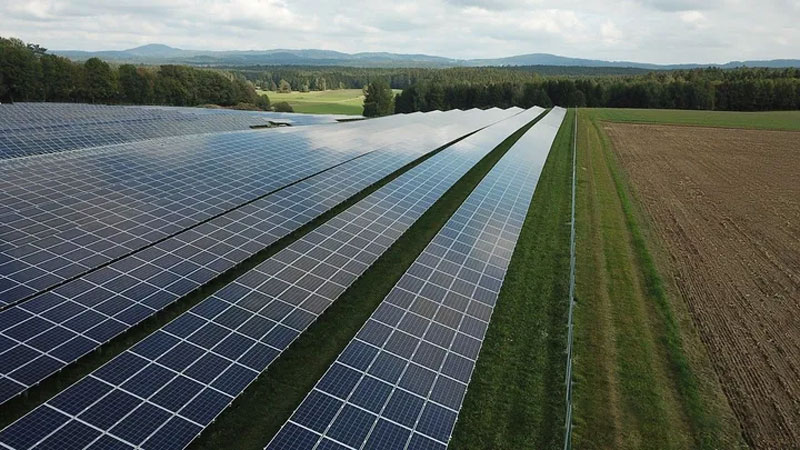
Storage Issues: Solar panels present transmission and storage challenges, especially during rainy seasons, nights or cloudy days when solar panels may not provide enough energy. Therefore, in addition to solar panels, net energy requires efficient battery storage technologies to support current and future energy needs.
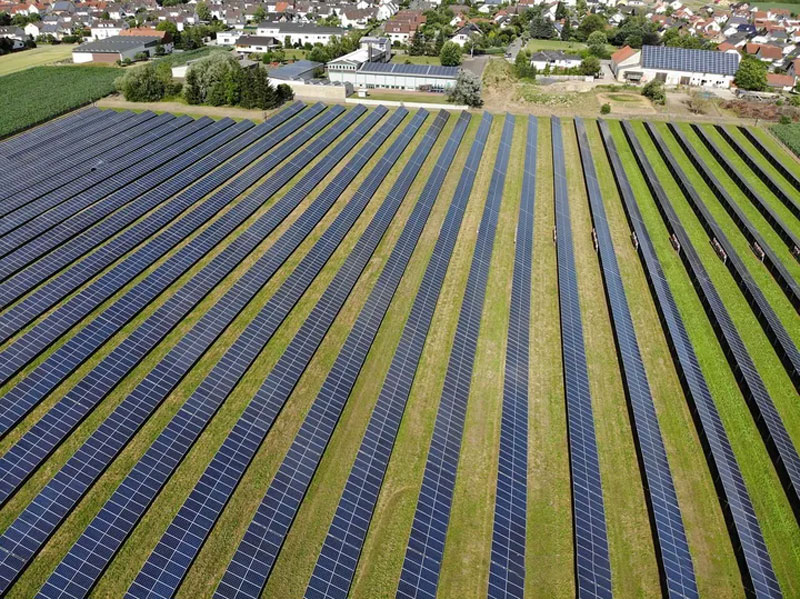
Energy Conversion Problem: When solar panels generate energy, an inverter (Inverter) is required to convert direct current (DC) to alternating current (AC) to meet the needs of home users. This conversion process itself requires power consumption and there are certain losses that do not fully guarantee 100% effective use of solar power; in addition, if the energy source is different from direct sunlight ground sources, such as wind or water power, plus the cost and inverter, it increases the complexity and cost of energy conversion.
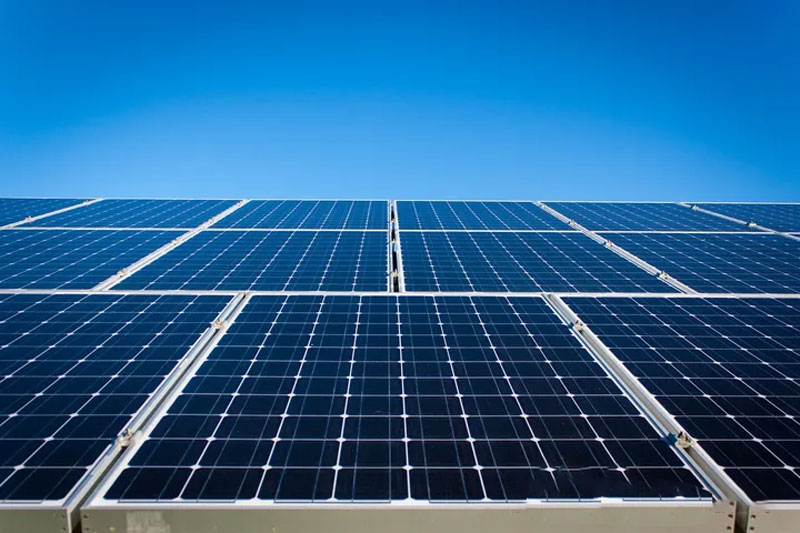
Safety concerns: These roof-mounted solar panels need to ensure that they can operate safely and without damage from weather and disasters. How to prevent roof-mounted solar panels from being covered by things like dust, rain or birds is also an important issue.
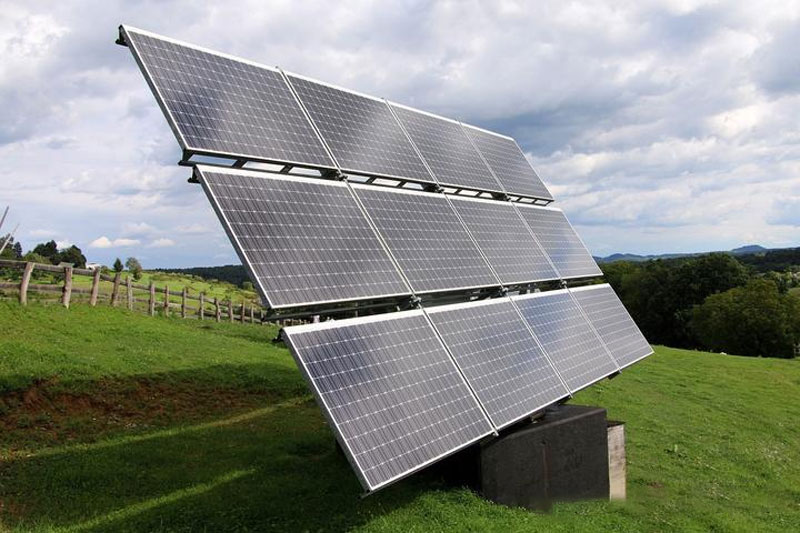
Payback time issue: The payback period for solar panel installations typically takes several years. In many countries, governments encourage the adoption of sustainable energy through financial incentives, subsidies and other measures, but even so, the cost of solar panels remains unaffordable for several households.
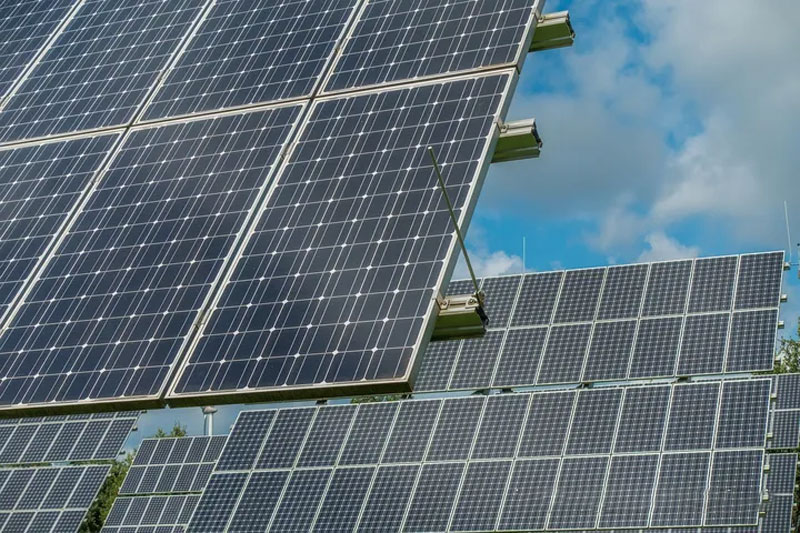
In summary, while converting the tops of all houses to solar panels and using solar energy for charging is a desirable and environmentally friendly practice, the pros and cons of all aspects need to be carefully weighed before implementation, and mature technology and policy tools need to be developed to move the process forward, which leads to why not all solar panels are installed on rooftops.
